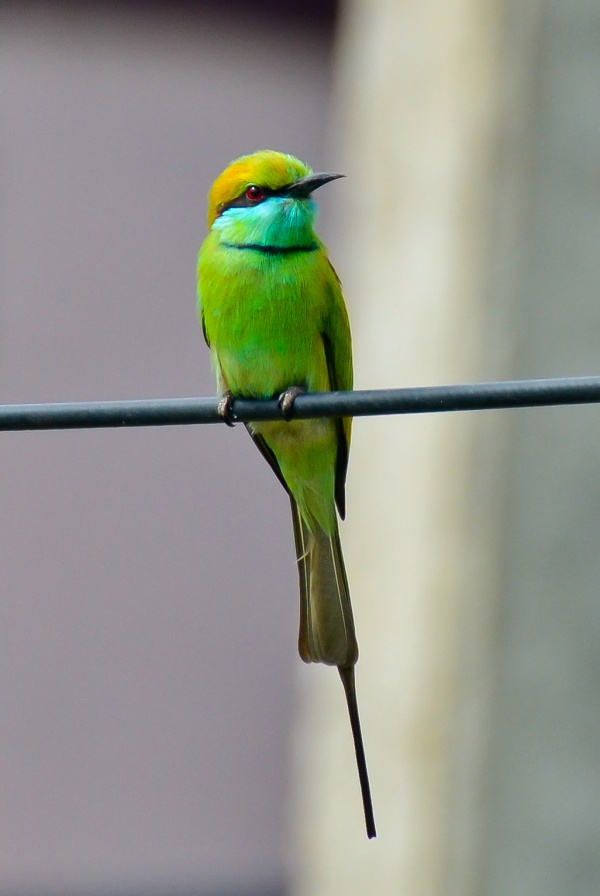Facts About Green bee-eater
The green bee-eater, also known as the little green bee-eater, is a vibrant bird belonging to the bee-eater family. These energetic birds are commonly found across sub-Saharan Africa, Asia, and Arabia. They primarily feed on insects and thrive in grasslands, scrublands, and forests. There are several subspecies of the green bee-eater, each exhibiting different plumage patterns depending on their geographical location.
John Latham first described the green bee-eater in 1801. These birds are slender and strikingly colorful, displaying green and blue feathers with rufous touches and long central tail feathers. When they fly, their distinct nasal trill call can be heard.
Green bee-eaters are quite common and can be observed breeding in open areas interspersed with bushes. They often perch low to the ground and catch insects mid-flight. While they generally inhabit plains, they can occasionally be found at higher elevations. These birds enjoy roosting together in groups and indulge in sand baths.
From March to June, during their breeding season, green bee-eaters excavate tunnels in sandy banks to nest. They often receive assistance from other birds, known as helpers. The number of eggs they lay depends on the availability of food, and both parents partake in incubating the eggs. Interestingly, some studies suggest that these birds might be able to understand human behavior.
Their diet consists mostly of flying insects, with beetles being a particular favorite. However, they can pose a challenge for beekeepers. Green bee-eaters have a habit of regurgitating pellets composed of indigestible parts of their prey. They can also host parasites such as nematodes and protozoa.

 Saudi Arabia
Saudi Arabia